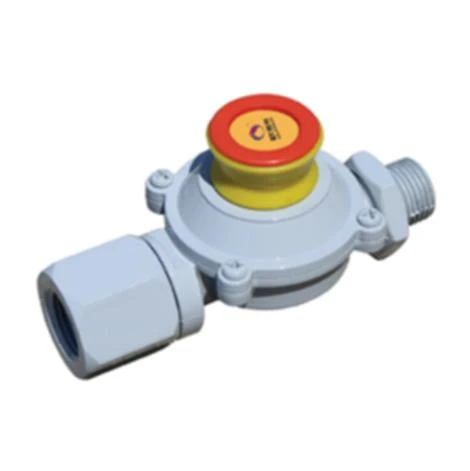
Dec . 23, 2024 23:48
Back to list
Gasification Equipment for Efficient Energy Conversion Solutions
Understanding Gasification Equipment An Overview
Gasification is a transformative process that converts organic or fossil-based materials into carbon monoxide, hydrogen, and carbon dioxide. This process involves breaking down carbon-containing materials at high temperatures, typically in the presence of a controlled amount of oxygen or steam. As industries look for sustainable ways to generate energy, gasification equipment has become increasingly significant. This article explores the intricacies of gasification equipment, its components, and its applications.
The Process of Gasification
At its core, gasification is about creating a synthetic gas (syngas) from solid or liquid fuels. The process generally occurs in a gasifier, which is the central equipment in gasification technology. The gasifier operates under high heat (over 700 °C) and controlled conditions, enabling the breakdown of feedstocks such as biomass, coal, or waste materials.
Key Components of Gasification Equipment
1. Gasifier The gasifier is the heart of the gasification process. It is where the feedstock is introduced, heated, and transformed into syngas. Gasifiers come in various designs, including fixed bed, fluidized bed, and entrained flow gasifiers. Each type has its advantages and is selected based on the type of feedstock and the desired syngas quality.
2. Feedstock Handling System Properly preparing the feedstock is crucial for efficient gasification. This system includes equipment for the size reduction, drying, and feeding of raw materials into the gasifier. Ensuring a consistent and appropriate feedstock size helps in maintaining optimal gasification conditions.
.
4. Cooling and Cleanup Systems After gasification, the syngas may contain impurities like tar, ash, and particulates that need to be removed. Cooling and cleanup systems utilize various filtration and scrubbing technologies to purify the syngas, ensuring it meets the quality standards required for subsequent applications.
معدات التغويز

5. Energy Recovery Systems The gasification process generates not only syngas but also residual heat. Energy recovery systems, such as heat exchangers and steam generators, utilize this heat to improve overall process efficiency, converting waste heat into usable energy.
Applications of Gasification Equipment
Gasification technology has diverse applications across various sectors
- Power Generation Gasified fuels can be used to produce electricity in combined cycle power plants, providing a cleaner alternative to traditional fossil fuel-burning methods.
- Chemical Production Syngas can serve as a feedstock for producing various chemicals, including methanol, ammonia, and synthetic fuels, contributing to a more sustainable chemical industry.
- Waste Management Gasification provides an effective method for managing waste, particularly municipal solid waste (MSW), converting it into valuable energy and reducing landfill usage.
- Hydrogen Production With the growing demand for hydrogen as a clean energy source, gasification offers a viable route for producing hydrogen from hydrocarbons, particularly when coupled with carbon capture technologies.
Conclusion
Gasification equipment represents a crucial innovation in the quest for cleaner and more sustainable energy solutions. By converting waste materials and fossil fuels into valuable syngas, it allows industries to embrace circular economy principles while reducing environmental impacts. Understanding the components and workings of gasification equipment is essential for realizing its potential across various applications, fostering a shift toward more sustainable energy practices in the face of global energy challenges. As technology advances and efficiency improves, gasification may well play a vital role in the future energy landscape.
Next:
Latest news
-
Safety Valve Spring-Loaded Design Overpressure ProtectionNewsJul.25,2025
-
Precision Voltage Regulator AC5 Accuracy Grade PerformanceNewsJul.25,2025
-
Natural Gas Pressure Regulating Skid Industrial Pipeline ApplicationsNewsJul.25,2025
-
Natural Gas Filter Stainless Steel Mesh Element DesignNewsJul.25,2025
-
Gas Pressure Regulator Valve Direct-Acting Spring-Loaded DesignNewsJul.25,2025
-
Decompression Equipment Multi-Stage Heat Exchange System DesignNewsJul.25,2025

